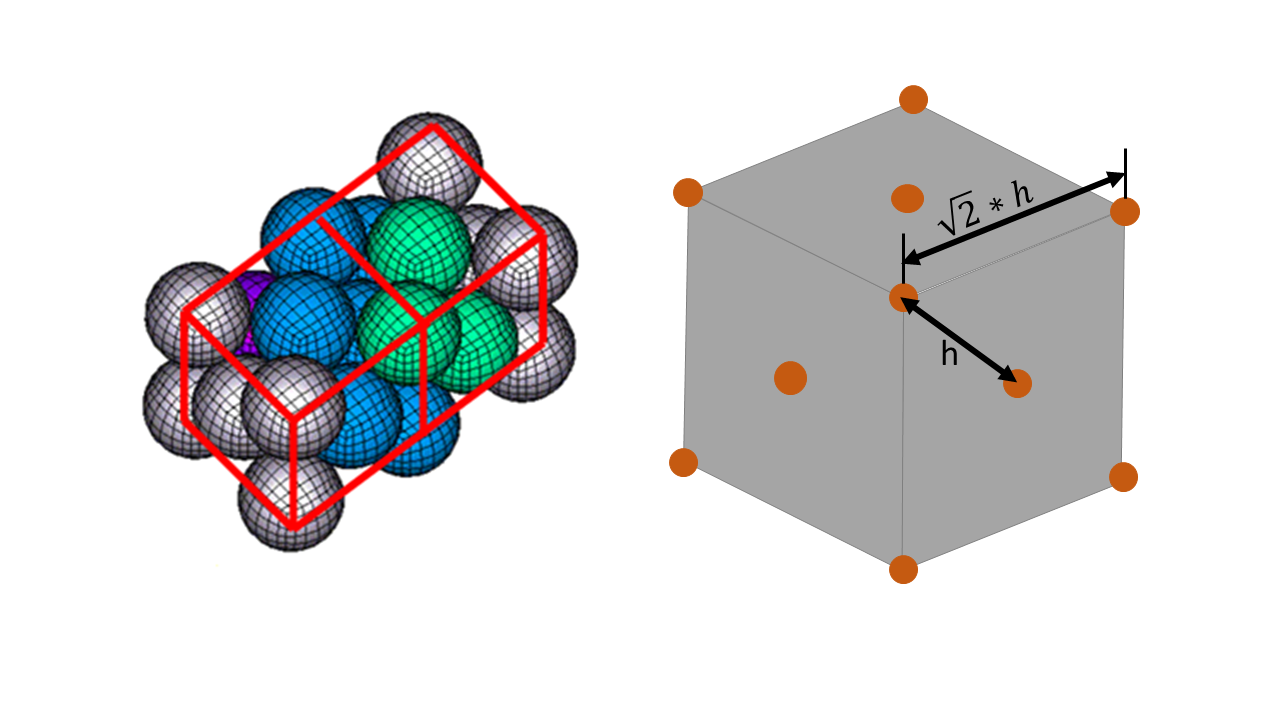Input Files
Introduction
Using SPH elements to simulate a bird hitting a windshield.
This example will introduce how to simulate a bird hitting a windshield.
...
Options and Keywords Used
Keyword documentation may be found in the reference guide available from
...
/SPHGLO
/SPHCEL
/MAT/LAW6 (HYDRO or HYD_VISC)
/MAT/LAW36 (PLAS_TAB)
/MAT/LAW27 (PLAS_BRIT)
/PROP/TYPE34 (SPH)
/PROP/TYPE11 (SH_SANDW)
/INIVEL/TRA
Boundary condition (/BCS)
Rigid body (/RBODY)
Interface (/INTER/TYPE7 and /INTER/TYPE12)
Model Description
A bird weighing about 1.93kg (4 pounds) with an initial speed of 80m/s impacts a windshield of a plane. The bird model is extremely simplified using a cylinder (diameter: 106mm; height: 195mm), it represents all major options used in a bird strike analysis. The edge of the plane model is fixed using a rigid body. Boundary conditions are applied on the main node.
...
For the bird /MAT/LAW6 is used which describes a fluid material and is based on water properties /MAT/HYDRO. Pressure is computed using Equation of State provided by definition of /EOS/POLYNOMIAL option.
Model Method
Bird modeling: The bird model consists of 11190 particles, the distribution follows a hexagonal compact net. The cell distribution must be cubic face centered. The diameter of each particle is about 5.0 mm.
...
SPH simulation setup In order to define the SPH bird, the following keywords are needed:
/PROP/TYPE34 (SPH) to define the bird SPH cells property.
/SPHCEL to define SPH cells for bird. Use bird part ID in this keyword.
/SPHGLO to define the SPH parameters for the simulation.
The default value of 0.25 for αsort is used. This coefficient controls the search for neighbors, so that for each particle more than the actual neighbors are found. This reduces the computational time.
Contact between SPH bird and structure and impact setup
Interface TYPE7 is selected to simulate the contact between SPH bird and windshield structure. The windshield structure is selected as main surface and the SPH bird as secondary nodes.
Igap=1 (use variable gap + gap scale correction + considering mesh size). The gap is ½ particle diameter + ½ thickness of the target. This is the physical value for contact.
The stiffness between bird and windshield structure are quite different. In order to get results closer to reality, set Istf=0 and Stfac=0.1. This means interface stiffness equals to 0.1 times stiffness of main side (structure).
/INIVEL/TRA is used to set bird part with initial velocity 80m/s strike on the structure.
Connection between the windshield and fuselage
For the weld connection between windshield and fuselage /PROP/TYPE13 spring beam in combination with interface TYPE2 tied contact are used.
Other remarks
The animation out uses the H3D format via /H3D. If /ANIM output is used, the /ANIM/VERS/44 option is needed to get the best display of SPH particles.
Results
Figure 6 shows von Mises stress of the windshield at time 5ms ~ 8ms.
...
The Interface Force between the bird and the windshield is shown in Figure 7.
...
Conclusion
The mesh size and the number of particles of the bird model seem to be a good compromise between the accuracy of the problem and the CPU calculation time.
For interface parameters, default values could be used. In TYPE7 contact interface, the interface stiffness Istf has to be set to zero.
In the model a simplified hydro viscous law is used, which is well suited to describe (represent) the most important properties of the bird model.
The smoothing length h should be set to a value larger than the inter-cell distance (to avoid excessive de-cohesion), but not too large to avoid excessive energy absorption by the particles of the bird.
The differences between the real tests and the simulations are due to the used material models and their parameters, boundary conditions, target material laws and many other sources.
See Also
OpenRadioss User Documentation
/BCS (Starter)
/INTER/TYPE2 (Starter)
...
